The M&S turnaround is no longer just an ambitious statement of intent. Its effect is now beginning to bear fruit – as the numbers show.
Last week’s half-year results put food sales up for the first time in two years. Total food revenues rose 1.2% to £2.85bn in the six months to 28 September 2019, with like-for-like sales up 0.9%.
And while Kantar doesn’t track M&S food sales in its monthly grocery tracker, the latest Nielsen figures out yesterday showed M&S as one of the few winners (apart from the discounters, of course), with sales up 2.1% year-on-year – while all of the big four’s sales declined.
It’s good to see the hard work paying off – and hard work is something there’s been plenty of since the five-year transformation programme was announced in November 2018.
This year alone there’s been the £750m joint venture with Ocado, some interesting new formats via the store renewal programme and the launch of new high street concessions in WH Smith.
But it’s too early for any of that to be felt in trading updates. Instead, these are five key steps M&S has taken which are starting to pay off.
1. Driving down costs
M&S is in the midst of a massive cost cutting drive aimed at saving the food business £200m by 2023. In no fewer than 800 separate projects, it’s looking for savings and efficiencies everywhere from packaging through supplier base tweaks to raw materials buying such as better carcase balance. M&S has always been an awkward customer because it’s been so convinced it’s special, it’s not had the curiosity to see how inherently inefficient its buying is. Under new commercial director George Wright, that’s changing and with it come savings.
2. Lower prices
And it’s finding those savings. M&S has been making noises about its value for some months now. An early salvo came at the time of the Ocado acquisition, when it claimed that its prices were 3-4% cheaper than Ocado’s current supplier, Waitrose. In July it launched ‘Fresh Market Special’ offers on fruit and veg. In September it lowered milk prices. But it might have been a bit too quiet for many consumers to hear. Now it looks ready to shout, with the launch this week of the ‘Re-Marks-able Value’ slogan to be used in stores and on advertising to push everyday groceries on which prices have been slashed. Around 500 M&S products are cheaper than they were a few months ago in a £100m investment, and some of the cuts are sizeable.
3. Stripping out promotions
Those price cuts have also been achieved by ditching promotions, which M&S itself admits were not only “complex and often confusing” but ineffective. Two for £3 on Percy Pig and Colin the Caterpillar? Gone. There are now half the promotions in M&S there were before. And while the Dine In programme has been brought back after a temporary hiatus, it’s now not only £12 but doing what it was always supposed to do, ie showcasing innovation. And having removed overlapping lines that had been introduced to support unprofitable activity, it’s also indicative of an important programme of…
4. Less is more
A recent M&S investor presentation said part of the plan was a “simplified range without proliferation” and a “reduced number of lines and new range churn”. The phrases seem to jar with the store renewal programme, which has as one of its goals growing the range to cater better for the full-trolley family shop ahead of M&S’s arrival on Ocado.com next year. But simplifying can also mean making more of the right products, and cutting out items that smacked of novelty for novelty’s sake. M&S is rethinking and refocussing its innovation efforts. It’s moving away from measuring innovation by the quantity of new product launches, and focusing on the big commercial opportunities. In other words, only stuff it’s convinced is going to sell at scale, like its Best Ever range. All involve a revival of classics rather than searching desperately for the cutting edge, from the Best Ever prawn sandwich to the Best Ever steak pie. And it’s significant that it announced that the range, still only seven-strong, is increasing to 12. Even with its Plant Kitchen range, winner of The Grocer’s own label range of the year award, what strikes you is the conviction in the relevance of its innovation, and the quality of execution, in store, on social media and via all marketing channels. The plant-based range has sold 15.8 million products since its January 2019 launch, according to M&S, and despite being slow off the mark, has a bigger share of the market than Tesco’s Wicked Kitchen range, which had a one-year headstart.
5. Upholding the promise
In everything it does, M&S never omits to remind us it is upholding its “promise to never compromise its unrivalled quality”. A reference to quality is in the first or second line of every press release and punctuates every page of investor presentations. It’s essential that M&S does retain the quality differential; it’s the USP of the food business. Hence why it talks about “protecting the magic”. It’s essential that M&S modernises, and it’s doing so, manifestly, but not at the expense of its competitive advantage.







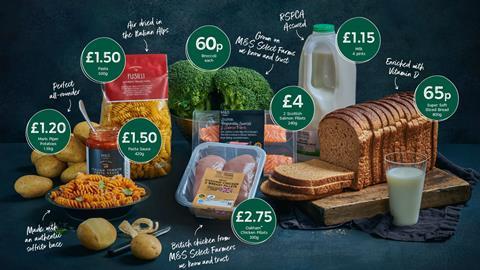

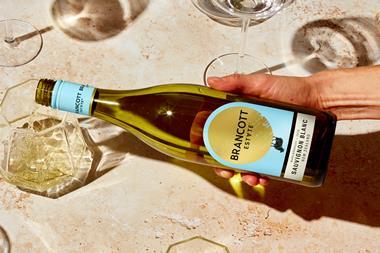
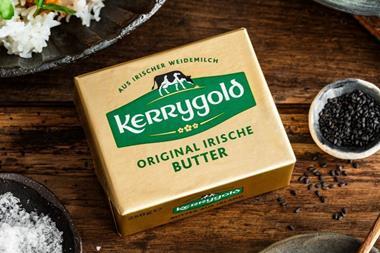
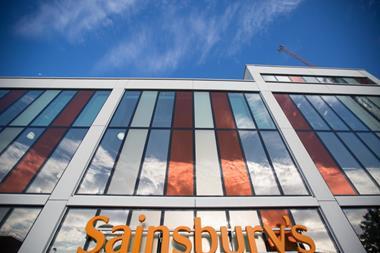
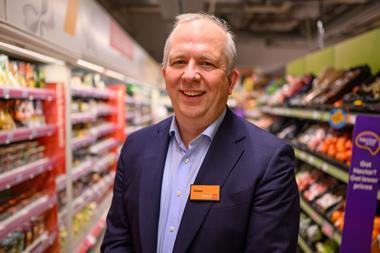







No comments yet